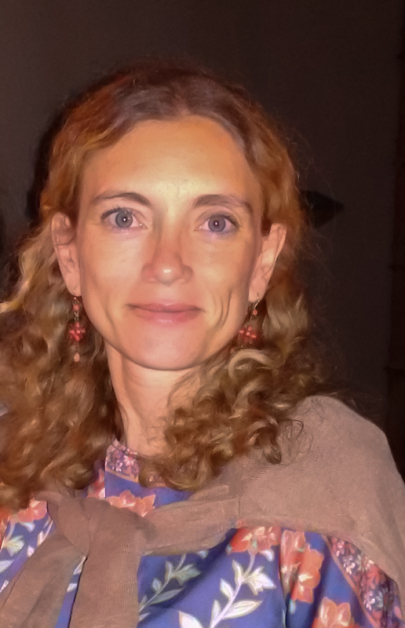Luisa Di StefanoLaboratoire de biologie cellulaire et moléculaire du contrôle de la prolifération (LBCMCP) - CNRS / Université Paul Sabatier, Toulouse
Mes recherches
I have a longstanding interest in the mechanisms by which transcription factors and chromatin associated enzymes control gene expression both in human cells and in Drosophila. During my doctoral training in the team of Kristian Helin at the IEO/IFOM in Milan, I discovered and characterized novel members of the E2F family of transcription factors in mammals. During my post-doctoral training in Boston at the Massachusetts General Hospital, I worked in the Nicholas Dyson team where I revealed novel roles for the histone demethylase dLsd1 in the control of gene expression and heterochromatin homeostasis during Drosophila development. In 2012, I obtained an ATIP/Avenir grant and a Chargé de Recherche position at INSERM, which allowed me to set up my own in team at the LBCMCP in Toulouse. The goal of my team is to decipher the chromatin mediated mechanisms that control gene and transposable elements expression and how their deregulation can impact normal development and promote cancer.
Mon projet ATIP-Avenir
Novel interplay involving the histone demethylase dLsd1 in vivo
LSD1 IMPACT
In the past few years since the discovery of the first histone demethylase, LSD1, tremendous progress has been made in understanding the regulation of histone methylation and in revealing the diverse molecular interactions for LSD1, but despite that the biological function of LSD1 is just beginning to be uncovered. I have taken advantage of the streamlined network of proteins present in Drosophila to find novel function of dLsd1 during development. Using a genetic approach, I found a surprising antagonism between the histone demethylases dLsd1 and Lid in promoting heterochromatin spreading. Moreover, I unveiled a role for dLsd1 in Notch signaling. In the proposed work, I plan to take advantage of the vast array of tools available in Drosophila and carry out a genome-wide in vivo RNAi screen to identify novel pathways involving dLsd1. In the second approach, I will extend the characterization of dLsd1 mutant animals. The goal is to understand how dLsd1 and its interactors control gene transcription and chromatin homeostasis in specific developmental contexts. I then plan to take a few key interactions discovered through the screen and to test their conservation in human cells.
